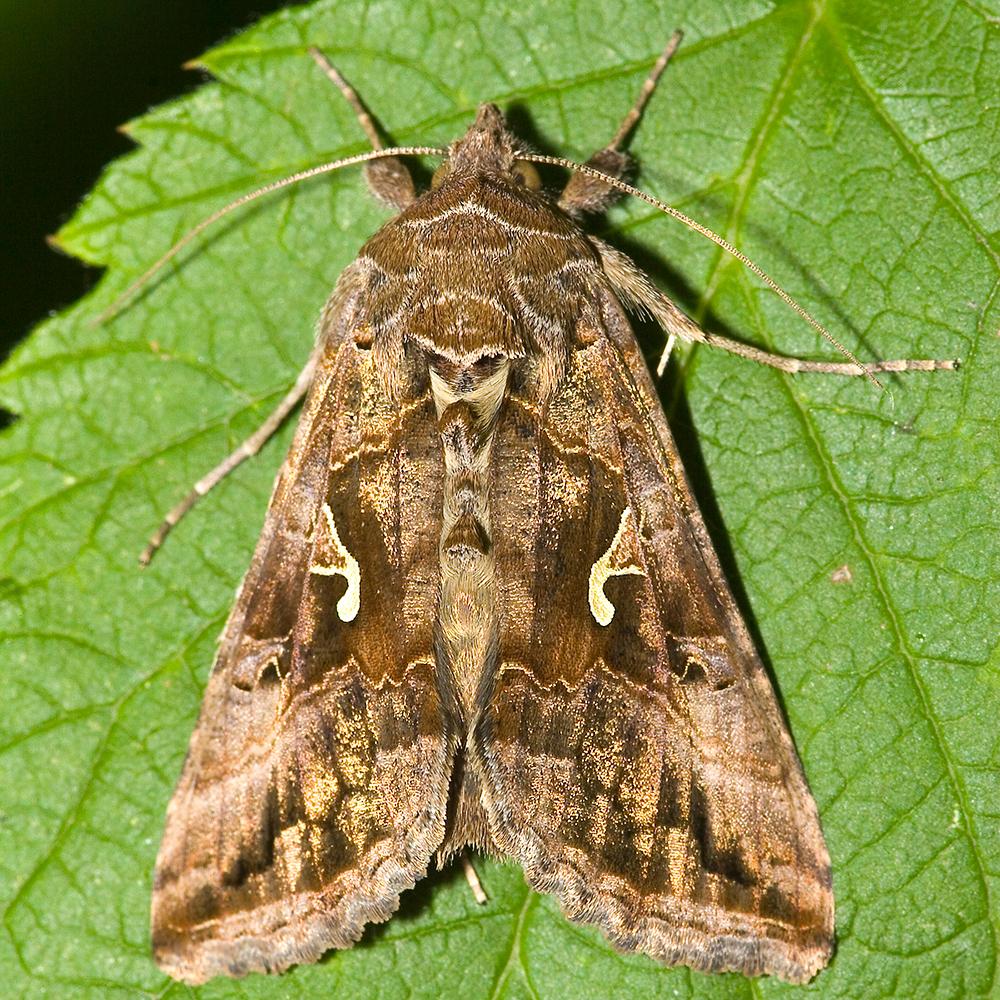Euro 2016 final: The moths that wreaked havoc are now headed to the UK – should we be worried?
After plaguing the Stade de France and landing on Cristiano Ronaldo's poor face, the creatures are now travelling north

Your support helps us to tell the story
From reproductive rights to climate change to Big Tech, The Independent is on the ground when the story is developing. Whether it's investigating the financials of Elon Musk's pro-Trump PAC or producing our latest documentary, 'The A Word', which shines a light on the American women fighting for reproductive rights, we know how important it is to parse out the facts from the messaging.
At such a critical moment in US history, we need reporters on the ground. Your donation allows us to keep sending journalists to speak to both sides of the story.
The Independent is trusted by Americans across the entire political spectrum. And unlike many other quality news outlets, we choose not to lock Americans out of our reporting and analysis with paywalls. We believe quality journalism should be available to everyone, paid for by those who can afford it.
Your support makes all the difference.A giant swarm of Silver Y moths became the star of last night’s Euro 2016 clash between France and Portugal, and could arrive in Britain within the next day.
The moths filled the Stade de France on Sunday night's final. They covered the goals and billboards, flew into people’s mouths, and fluttered all over of camera lenses. To the delight of many spectators, one even landed on Cristiano Ronaldo’s tear-strewn face just before he was stretchered off the pitch. But why were they all there?
The stadium lights were reportedly left on the night before, creating a giant beacon that would have been detected from miles away. “If there was a big migration of moths coming by on Saturday night then they could have well been attracted in by the lights, and then been sitting around on the pitch during the day,” Richard Fox, Head of Butterfly and Moth Recording at Butterfly Conservation, tells me. “And then when all these human creatures arrive and starting chasing this white ball around then they had to get out of the way and started flying around the stadium instead.”
However, the reason the moths were in Paris in the first place is down to a fascinating and sophisticated annual migration that covers hundreds of miles, and will soon reach the UK.
The creatures that invaded the pitch are called Sliver Ys because of the silvery shape that appears on each of their wings. They can’t survive cold winters so they spread northwards during springtime, from the uppermost tip of Africa and southern Spain all the way to north Scotland. Then, as summer turns to autumn, they migrate back down to the warmer climes of the south.
The species usually starts to migrate around April and May, so they can arrive in Britain during the summer months. One migration cycle will contain several generations of moths. Silver Ys have an average lifespan of three to four weeks, and will fly hundreds of miles in this time before settling down to lay their eggs and die. Within about seven weeks these will then hatch into caterpillars, become cocoon-wrapped pupa, before emerging as fully grown moths.

One of the most remarkable things about the Silver Y is how quickly they’re able to migrate – which is why we could soon be welcoming the brave creature that landed on Ronaldo’s face with such exquisite timing. “It may well be possible that we’ll get a big arrival of Silver Y in the next day,” says Fox. “It doesn’t take them very long, if they’ve got a decent tailwind they can cover a lot of distance within 24 hours if the wind was blowing in the right direction.”
The Silver Ys have a “try before you fly” approach to winds, testing them out before setting off. “Even though they’re tiny little things with minute brains, the size of a pinhead, they are very sophisticated at flying.” says Fox. “They’re able to choose the most efficient tail winds to fly on. So on a night when they want to migrate they’ll fly up in the air and sample winds at different altitudes and find the one that suits them. That enables them to travel much further and faster than under their own power alone.”
Winds are currently travelling up from France at around 10-15 mph and in a northeast direction, which means moths will be spreading up to Belgium and Holland as well as the UK.
However, Fox says we shouldn’t be worried, as what happened in the Stade de France was highly unusual. “Even if they all those moths came over to Britain we’re not going to be in that situation, we won’t be batting them out of our mouths and hair and eyes. Because they’ll be spread out,” he says.
Silver Ys are also completely harmless. While moths like the Diamondback pose a mild threat to UK agriculture, Silver Ys feed on a variety of plants while they’re caterpillars, and drink nectar from flowers once they’ve grown wings.
So even if all the moths from the Stade de France end up invading these shores tomorrow, we’ll be safe. Although if you happen to own a football stadium, it’s probably best not to leave the lights on.
Join our commenting forum
Join thought-provoking conversations, follow other Independent readers and see their replies
Comments